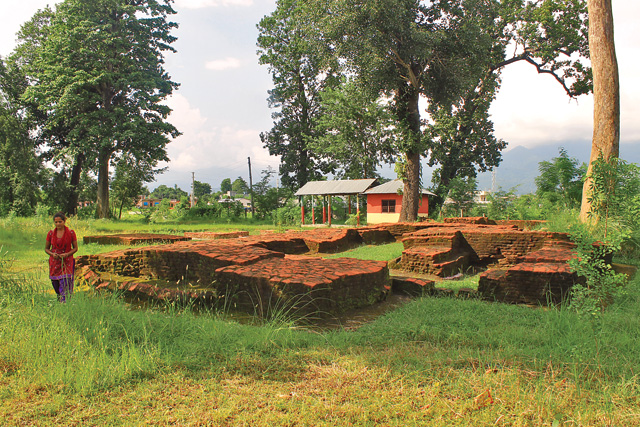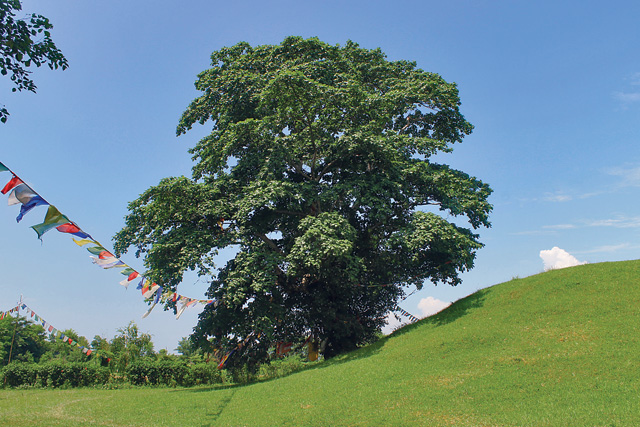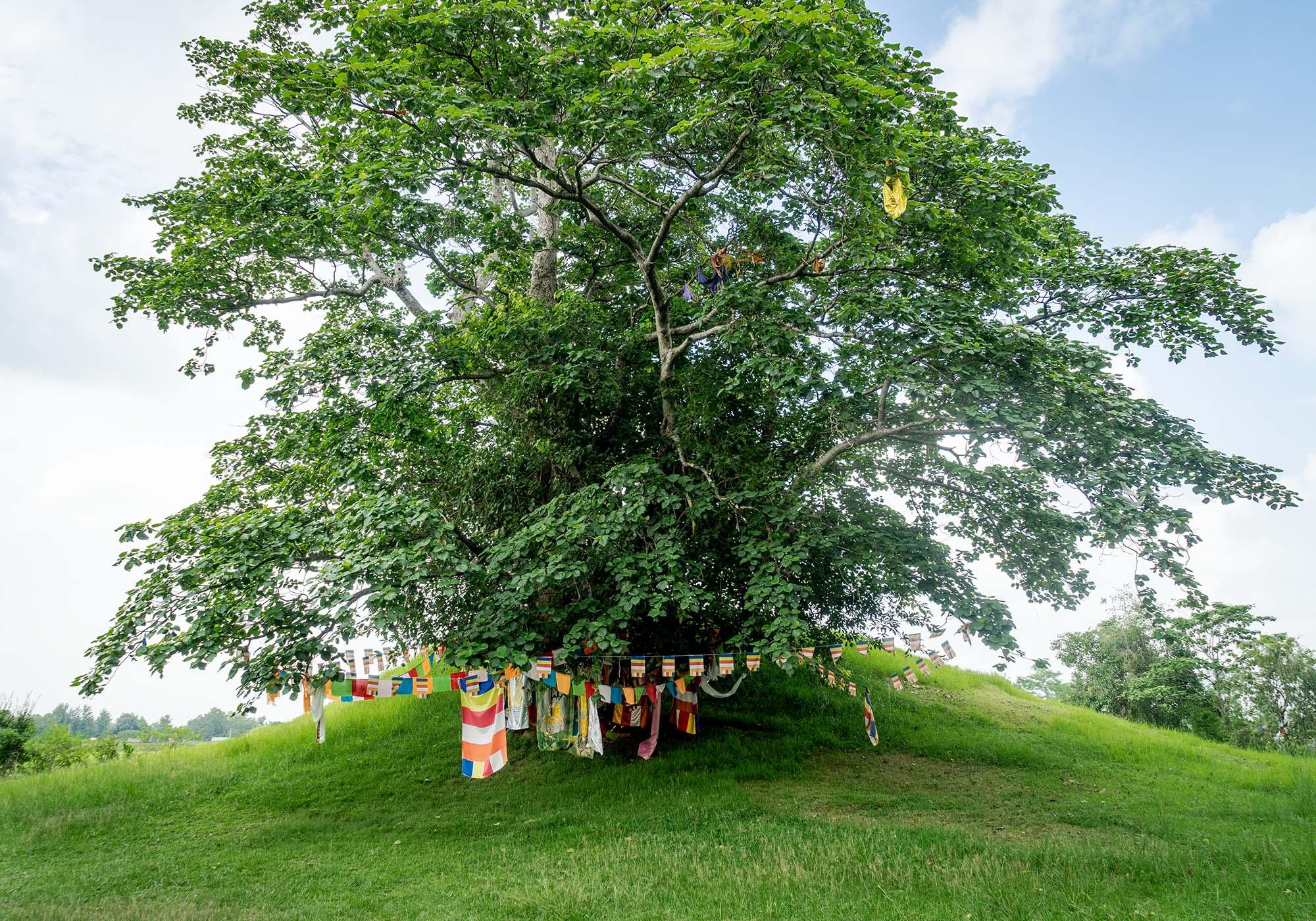Ramgram Stupa : The Place Where Burials of Gautam Buddha Resides
Background
The municipality is named after the ancient Ramgram Stupa, the sacred relic of Lord Gautam Buddha.
Introduction
This place in Nawalparasi is a historical, archeological and religious site. Although Lumbini, the birthplace of Lord Gautam Buddha, is a historical site, it is the only Ramgram Stupa to have become a Buddha and a physical relic of the Buddha after attaining enlightenment. It is a Koliya republic and its capital is at Panditpur in Nawalparasi.

Ramgram Stupa
Geologists have confirmed that Panditpur of Nawalparasi is the capital of the Koliyan Republic and not Devadaha of Rupandehi. Currently this site is in Ramgram Municipality Ujaini. The Ramgram Stupa of Lord Gautam Buddha at Ujaini in Ramgram Municipality of West Nawalparasi is the only preserved ossified metal Ramgram Stupa in the world.
Religious and cultural significance
For the past several years, foreigners and Nepali Buddhists have been worshiping, lighting incense, playing musical instruments and singing hymns at this important religious, archeological and historical site.
Historical and mythological beliefs of Ramgram Stupa
According to Buddhist scriptures, after the Buddha’s Mahaparinirvana (483 BC), after a dispute over who would carry the relics, the Buddha’s bone metal was divided into eight parts. Buddha’s relics were given to Magadha, Vaishali, Kapilvastu, Allakappa, Vaipdeep, Pava, Kushinagar and Ramgram.

The stupas were constructed in their respective places after diagnosing the same bone metal. However, the Mahavamsa (Sri Lankan genealogy) mentions that the bones were scattered in different places and were not preserved.
During the campaign to build 84,000 stupas, Emperor Ashoka (3rd century BC) went to collect the remains of monk Mahakashyap. However, the same genealogy also mentions that the snakes living under the protection of the this place did not allow the removal of the bone metal. This means that the territory of Ramgram at that time was not under the Mauryan Empire. Similarly, Emperor Ashoka collected the belongings of all the kingdoms and could not take Ramgram as the elephants protected them.
It is also mentioned that Dandapani, the father-in-law of the then King Gautam Buddha, built the stupa after the Buddha’s demise. It is also said that Emperor Ashoka planned to collect all the fossils. According to sources, Chinese travelers Fayan and Huen Sang also described the Ramgram in detail in their travelogues.
Natural beauty of Ramgram Stupa
The green thumko seen on the plains on the banks of the Jharhi river is attractive.

Tourist potential of Ramgram Stupa
If Ramgram can be protected and developed, it is believed that Ramgram, like Lumbini, will become a Buddhist pilgrimage site of international importance.
Tourism promotion in Ramgram Stupa
A Chinese team has surveyed the historical and archeological religious site of Nepal, Ramgram Stupu, for the construction of a tourist site. A team of experts from the China-Nepal Cultural Exchange Center in Beijing, China, has shown interest in the development of the stupa by constructing a tourist spot around the Ramgram Stupa to enhance the beauty of the stupa. The team has surveyed the area around the Ramgram Stupa and expressed its desire to build a model pilgrimage site with its massive investment.
How to reach Ramgram
South Maheshpur road is 3 km from the district headquarters Parasi. After crossing and walking 15 minutes east from Ujaini village, you can see the thumko of Ramgram Stupa on the plain on the bank of Jharhi river.
Comment Here!